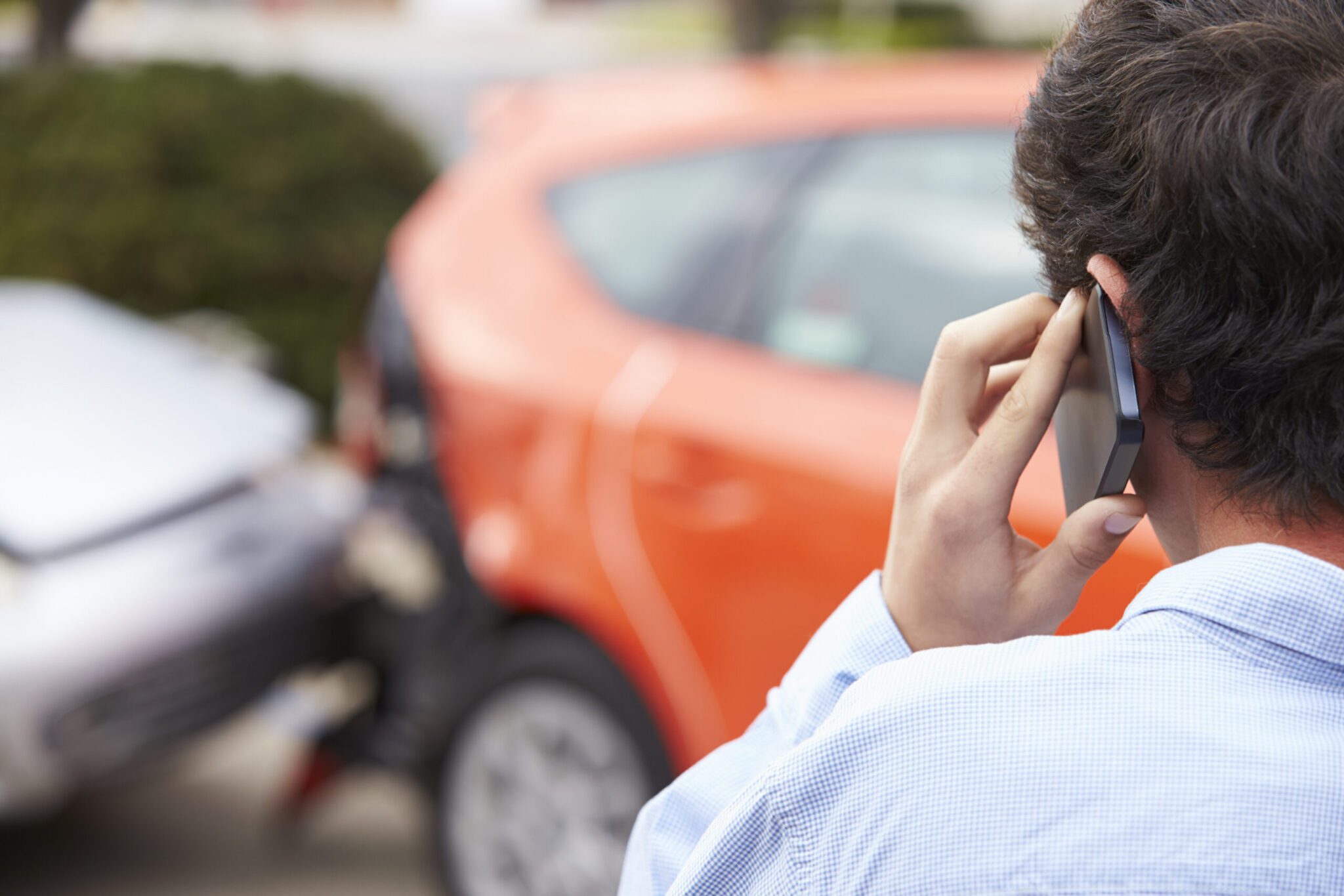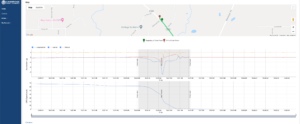US Insurers Have a Natural Role to Play in Emergency Alerts

By Thomas Hallauer
Impact alerts is an insurance-led service that provides emergency assistance based on crash detection and a trained call center. Offering policyholders crash detection as a service has been a staple of European insurers’ portfolios since 2005. Insurers in the U.S. are showing significant interest and CMT has great experience with crash detection in the field.
CMT interviewed two of our partners providing crash detection, Insurance Australia Group (IAG) in Australia and Discovery Insure in South Africa to identify how their key motivators and benefits could transfer to U.S. insurers keen to start a program.
Crash detection could become a natural insurance offer to your book of business. Based on other insurers actively providing it, we identified four reasons why it made sense to them:
Aligning with corporate goals
Many insurers’ central ethos is based around road safety and how insurance is here to protect. One element of this is prevention, the other is emergency rescue. For these companies, making the world a safer place is central to their communication strategy. So creating an offer that potentially saves lives is a logical evolution in the product range.
Corporate Social Responsibility (CSR) policies are not all about supply chains; they can also include corporate responsibility for the public good enhanced by the insurer’s core offering.
Additionally, rescue stories are often highly distributed by the media and resonate with viewers.
Responding to market demand
Personal safety is a growth market today; new concerns have appeared, priorities are changing and insurers have a role to play in protecting and making drivers feel safer. The reality is that road deaths volumes in the U.S. are one of the highest in the world and the situation is worsening, not improving.
The U.S. is one of the few countries in the world where road deaths are still increasing, now reaching 11.4/100K, the second worst worldwide. CMT estimates that between 2020 and 2025, 21,799 fatal crashes will occur because of phone distraction.
Amid the increasing crash rate, only 5% of the U.S. market uses connected insurance of any model today (Ptolemus, 2018). As a result, much of the demand remains unfulfilled. CMT’s recent surveys demonstrated that no less than 57% of the respondents who were interested in telematics offerings liked the idea of proactive and automatic assistance in case of a severe crash (CMT, 2019).
Emergency protection is a positive, universal proposition. It is a service for any driver, and is not contained to niches such as young drivers or low mileage ones. Crashes happen indiscriminately and do not differentiate by car types or premium paid.
It is also a proposition with much less friction than, for example, blackbox UBI. For one, emergency assistance is not regulated by the state Departments of Insurance and secondly, crash detection is a service without privacy constraints. Knowing the drivers’ location is now central to service provision and carriers running the service today have confirmed drivers saw no issue with sharing their location in case of an emergency.

Creating a new relationship with drivers
Crash detection has clear, direct communication benefits: compassion and care at the time of a crash also means the insurer is talking to drivers early to make claims more efficient for all involved.
But if the crash isn’t severe enough to warrant any assistance, the “are you okay?” messages or calls are a reminder of the care and attention the service offers and, in the experience of our partners, are very welcomed. This is validated by the Future of Insurance survey. Younger generations are open to or expecting to receive app-based claims assistance. Older generations prefer human contacts.
Crash detection may not even need to save lives to create positive emotions. In most cases, the crashes are purely damage to property. Even still, they are often shocking and disorientating. Most drivers will only have one or two collisions in their lives. Yet currently, moments after an incident, they are required to perform a number of tasks for the first time. Things like recording all the facts, calling a tow truck or filing a claim.
As a result, the impact alert service is more often about humanity and compassion at a time when a driver needs it most. The assistance can then turn into claims fulfillment help, and drivers see great value in this. In our survey, among the 54-and-older group, 60% chose certified crash reports as one of the most desirable additional service from their insurer.
Solving real world problems with telematics
In this case, mobile telematics solves many issues drivers have after a crash. With both App only and App+Tag solutions, insurers can add an optional paid-for service layer that not only picks up on most crashes – not just airbag deployment – but also generates a direct communication link with the drivers.
In doing so, the carrier can reduce the gap between collision and FNOL, and collect all the necessary information immediately to make the right repair decisions. The result: a more efficient claims process and faster reimbursement. That’s another phone call your customer will love to receive!
If you want to know more about how Discovery Insure and IAG have been managing their Impact Alert and Safe Journeys programs, contact us directly.